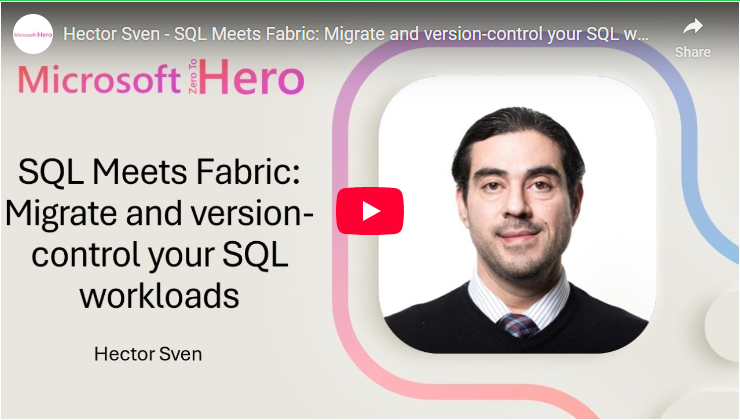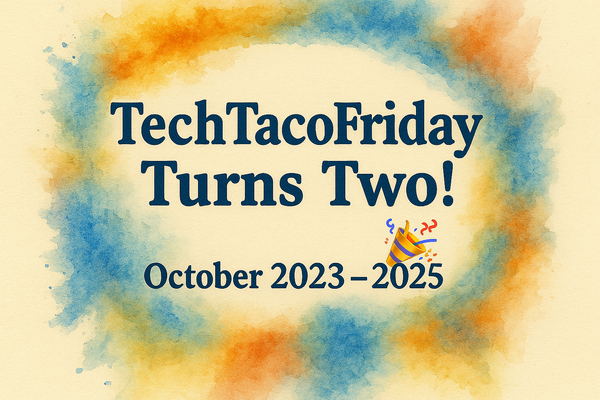MSFT Zero to Hero - SQL Meets Fabric
Last Friday, I had the pleasure of presenting a live session as part of the Microsoft Zero to Hero series, focused on a topic close to my heart: modernizing SQL workloads in Microsoft Fabric without starting from scratch.

Migrating SQL databases to Microsoft Fabric can seem daunting, especially when organizations have invested years into finely tuned schemas, stored procedures, and workflows. However, the process doesn’t need to be a reinvention. By leveraging well-established SQL techniques such as Database Projects (DACPACs), backup files (BACPACs) or brand new features like Mirrored databases, you can seamlessly migrate your databases into Fabric while maintaining data integrity and compatibility with new features.
This session explores practical techniques to migrate SQL databases to Fabric using these tools, enabling you to make the most of Fabric’s ecosystem without discarding your existing SQL investments.
🔍 Key Moments:
- [06:00] Foundational Concepts: Lakehouse, Warehouse, and SQL Gap
- [13:30] Introduction of SQL Databases in Fabric
- [17:00] Live Demo #1.1: Automated provisioning of Lakehouse, Warehouse, and SQL Database via DevOps.
- [24:00] Live Demo #1.2: Connecting to Fabric SQL endpoints using SSMS.
- [35:30] Live Demo #2: Full migration using BACPAC and
SqlPackage.exe. - [49:00] Live Demo #3: Real-time mirroring of Azure SQL into Fabric.
- [1:07:30] Live Demo #4: Git integration with auto-generated Database Projects for version control.
- [1:13:00] Closing & Final Remarks
Solution
You can get the code I shown during the session here ...
Call to action
In this branch, I'm only including the Yaml pipeline I'm using to execute the BACPAC, would you be interested in having a full solution including the BICEP to create a SQL Server logic server? Subscribe and let me know in the comments section 😁
As offered 😁👇 !





